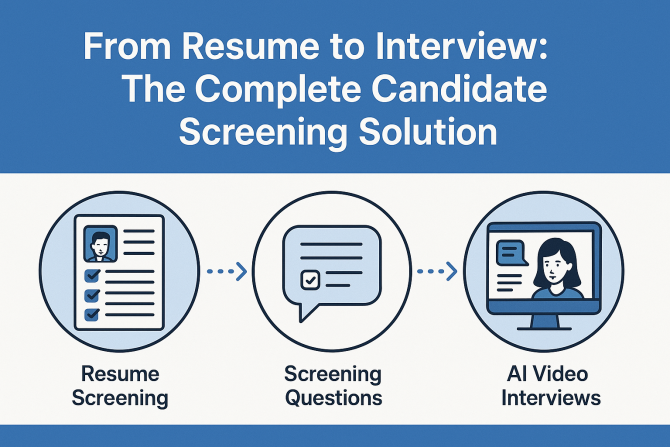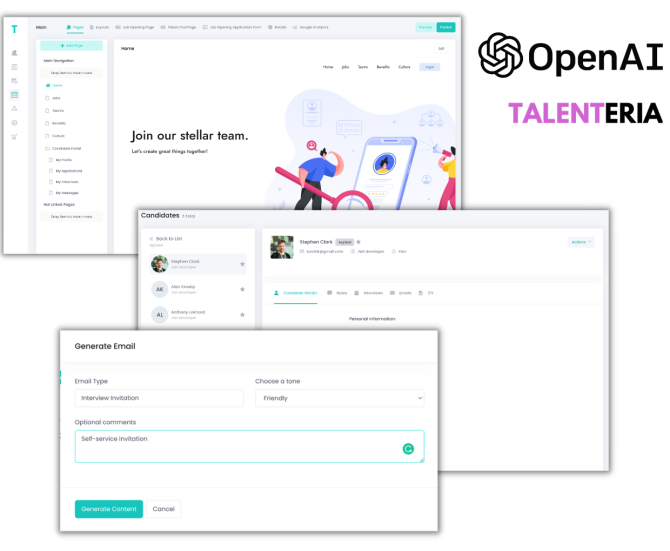
Situational Leadership: The Leadership Techniques of the Future
A leader who recognizes situations and adapts their style of management to fit the occasion is a situational leader. This contingency-based leadership differs vastly from past methods, as it turns the manager into more of a trainer than a despotic boss. Thus, this role requires the ability to read people and situations well and react accordingly.
What Is Situational Leadership?
Situational leadership has two mainstream adaptive leadership models developed independently by Daniel Goleman and by Paul Hersey and Ken Blanchard. These models comprise part of the larger Situational and Contingency theories of leadership. The models narrow down on one key ability of a leader: adaptability. These leaders must be flexible to meet the changing needs of a growing organization. There are generally two-factor theories that mainly focus on task behavior and relationship behavior.
- Task/Directive Behavior – Where the manager tells the employees what to do and how to do it. They also set clear deadlines for said tasks.
- Relationship/Supportive Behavior – Where the manager engages in open dialogue with the employee, actively listens, and provides recognition/reinforcement for task-related progress
What Do Situational Leaders Do?
Based on which model the manager follows, the situational leadership example tends to differ. The Goleman Theory of Situational Leadership takes us through six styles of management to use and maneuver around.
1. Coaching leaders focus on the development of an individual’s personal skill-set as well as their job-related skills. This method is best suited for people who are in tune with their limitations and are open to change.
2. Pacesetting leaders set high expectations for their followers. It has proven to provide inspiration for people who are highly motivated. This method, however, isn’t often used, as it leads to follower burnout.
3. Democratic leaders give employees a chance to be part of the decision-making process in almost everything they work on. It has been shown to build flexibility and responsibility within the group when used in the right conditions. This, however, isn’t a strategy to follow when deadlines are right around the corner.
4. Affiliative leaders put employees first. The manager chooses to praise the results in order to build up the team’s confidence. The risks of this method may include risking poor performance and that it only works when the team’s morale is on the low-end.
5. Authoritative leaders have a knack for analyzing the source of the problems, which, in turn, helps to identify key challenges. This works well when the organization doesn’t have direction. This leader will involve their followers in the solution-building process to clear out problems as quickly as possible.
6. Coercive leaders tell their employees exactly what and how to perform their tasks. They create rigid work plans to help the employee see the endgame and instruct them on how to reach it. This method works in times of disaster or if an organization requires a facelift.
On the other hand, if the manager chooses to follow the model by Paul Hersey and Ken Blanchard, a theory based on leadership itself and the development level of the follower, the situational leadership examples can be hand-picked from a matrix of four styles:
1. Telling (S1). These leaders give specific instructions and closely supervise others. When individuals lack the skills required for the job but are willing to work at the task, this is the go-to management strategy.
2. Selling (S2). These leaders may create the roles and objectives for others using their skills of explanation and persuasion while also being open to suggestions and opinions. They are tasked to sell their ideas to gain co-operation. This strategy usually works on individuals who are more able to do the task but somehow turned demotivated or are unwilling to do the task.
3. Participating (S3). These leaders share and facilitate their tasks, thereby leaving the decision-making process to the employees or followers. They may choose to participate during the decision-making process; however, the final say is left to the employees. This only works if the individuals are experienced and abled, but due to their lack of confidence or willingness to take on responsibility, the leaders have to force them or give them a nudge towards responsibility.
4. Delegating (S4). These leaders are responsible but prefer to let the followers do the tasks by providing minimal guidance to help solve problems. This is the perfect method for managers with employees who are not only experienced and abled but also show the zeal to perform and volunteer to take on responsibility.
These strategies (S1 – S4) need to be paired with the right maturity levels of the followers for optimal results. Maturity levels, also known as Performance Readiness, can be categorized into:
1. Low (R1): Where the followers are novice but enthusiastic
2. Medium (R2): Where the followers are able but unwilling to perform the tasks
3. Medium (R3): Where the followers are capable but unwilling to take on responsibility
4. High (R4): Where the followers are not only able but also willing to take on responsibility
Examples of Situational Leadership
Judging the models based on the pros and cons of situational leadership is not enough; an example would prove more helpful.
John Wooden, a former UCLA men’s basketball coach, won 10 championships for the Bruins, seven of them consecutive. They racked up an 88-game winning streak spanning three seasons, even with a team that was constantly changing. Their secret? Wooden’s ability and willingness to adjust his leadership style to adapt to the changing team dynamics and needs of his players can be summed up in his quote: “When you’re through learning, you’re through.”
Advantages of Situational Leadership
The obvious advantage of the situational leadership examples is the flexibility they provide to leaders and managers. This kind of leadership fosters a socio-emotional support system for the employees. It can counter volatility, uncertainty, and ambiguity while helping decipher situational complexity. Most important of all, it encourages the provision of guidance and direction to any type of employee in order to produce positive results.
Disadvantages of Situational Leadership
The pitfalls to situational leadership include causing confusion within an organization due to the constant change in approach towards addressing each team or individual's needs. Focusing on short-term goals leads to overlooking long-term goals. Furthermore, situational leadership depends on the leader's ability to judge an employee's maturity level; the risk of bias is imminent.
Given the complexity of the topic, managers and HR personnel are bound to face hiccups following these strategies. Creating strategies for this kind of leadership takes valuable time - and that’s time that you might already be spending on manual HR processes. To streamline your recruitment marketing tasks, check out Talenteria! We enable you to create incredible career sites, manage candidates, and create talent pools. Our automation frees up your valuable time; reach out to learn more.






